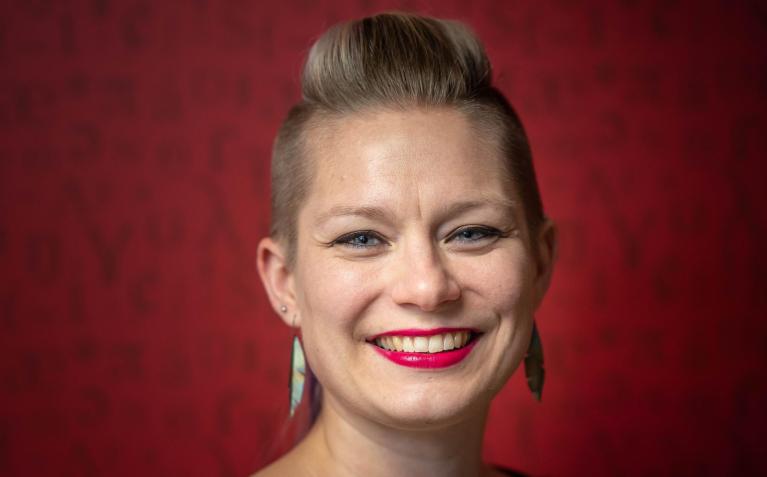
Kaili Vesik
Doctor of Philosophy in Linguistics (PhD)
Research Topic
Perception of vowel quantity in sung Estonian
Constraint-based approaches to phonological development
Phonological learnability
L1 morpho-phonological learning
G+PS regularly provides virtual sessions that focus on admission requirements and procedures and tips how to improve your application.
These videos contain some general advice from faculty across UBC on finding and reaching out to a potential thesis supervisor.
If this is your researcher profile you can log in to the Faculty & Staff portal to update your details and provide recruitment preferences.